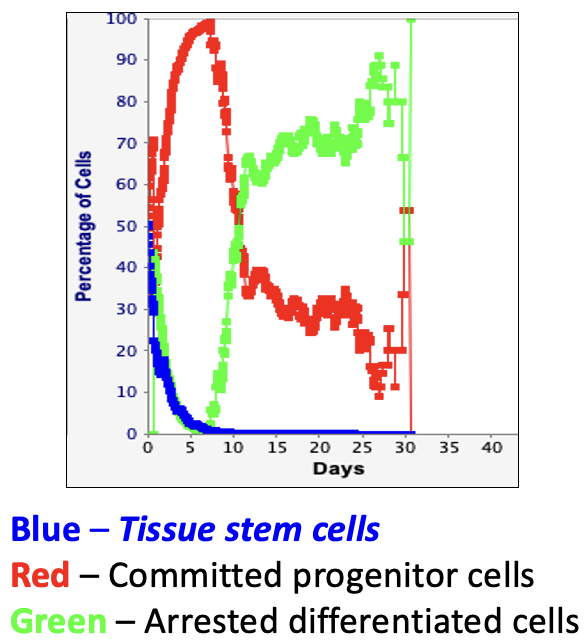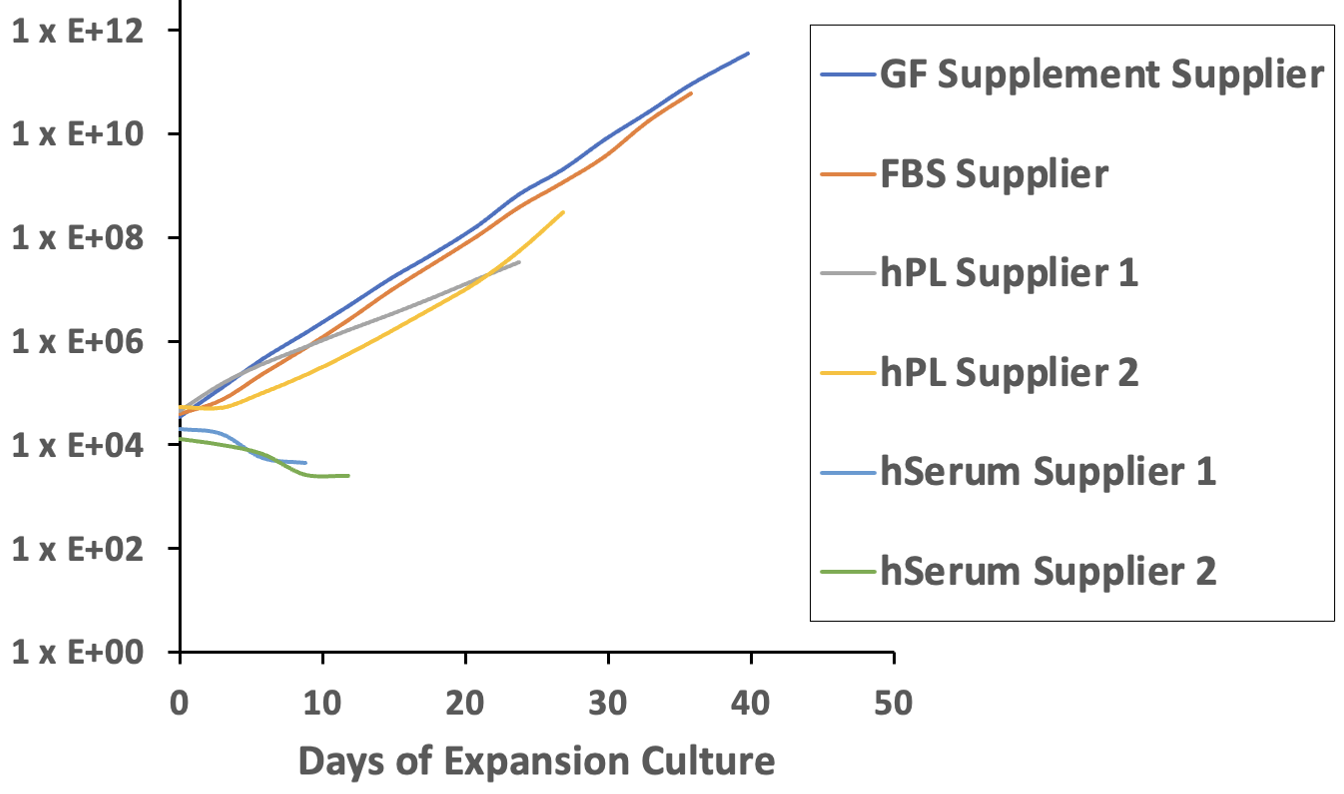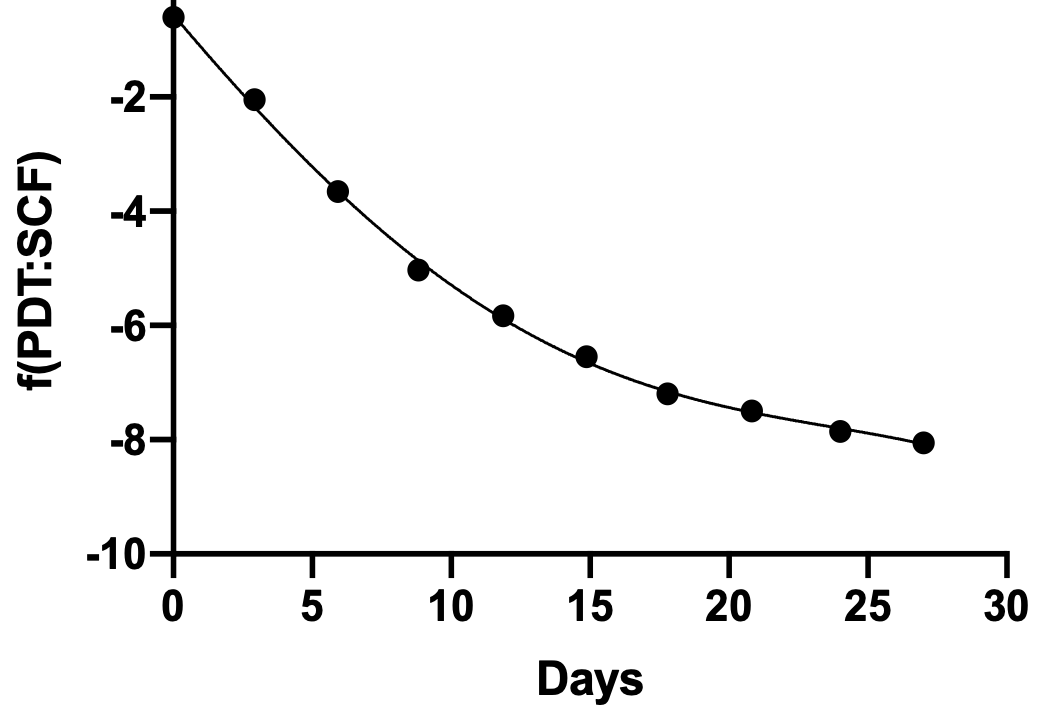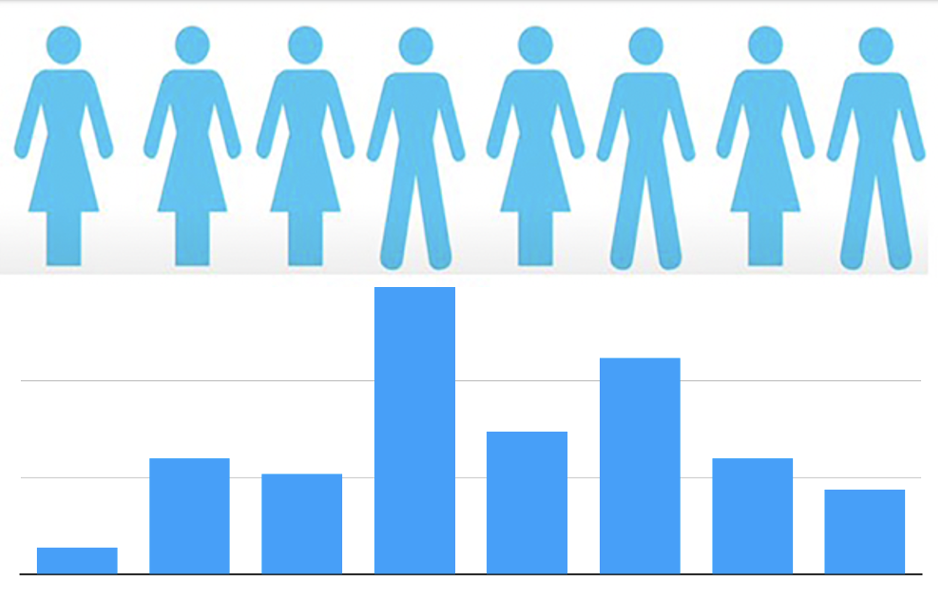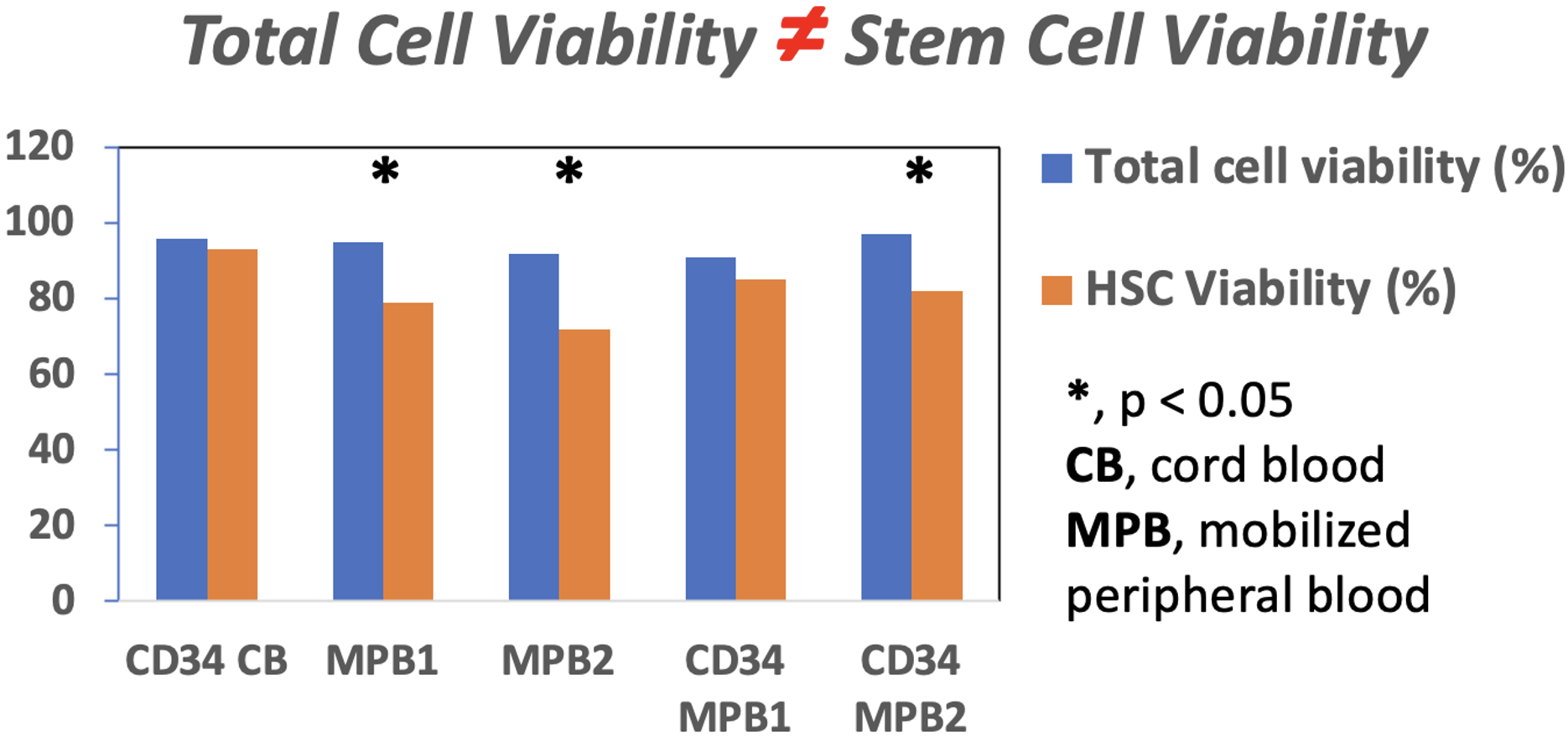How We Count Tissue Stem Cells
Asymmetrex® counts tissue stem cells accurately by distinguishing their specialized unlimited asymmetric cell production kinetics from the restricted symmetric cell production kinetics of their committed progenitor cell progeny, which usually outnumber them in all tissue cell preparations. We use computer simulation to relate the total cell production of cultured tissue cells to the number of responsible stem cells.
Our Mission
It is simply common sense to recognize that accurate quantification of the critical cells in cell research, cell biomanufacturing, and medicine will improve progress in all these disciplines. Previously, critical tissue stem cells have not been quantified because a routine method for counting them accurately was not available.
Methods like flow cytometry and colony forming unit (CFU) assays lack the ability to distinguish tissue stem cells from other cell types always present in their cell-heterogeneous preparations. Furthermore, the only previous method with the ability to estimate tissue stem cell number specifically, the SCID mouse repopulating cell (SRC) assay, only works for one of the many types of tissue stem cells that would benefit from accurate counting. The SRC assay has proven technically and cost prohibitive for routine application as well.
Our mission is to reform tissue stem cell science and stem cell medicine to become quantitative disciplines for the first time by making a long-needed tool for routine, accurate counting of tissue stem cells available to global research, medical, and industry communities.


Applications
Kinetic Stem Cell Counting provides accurate quantification of important tissue stem cells (e.g., hematopoietic stem cells, mesenchymal stem cells, liver stem cells) produced, studied, and used in all areas of stem cell science and stem cell medicine, including veterinary medicine as well. In addition, stem cell quantification will also accelerate progress in the emerging cultured food cell industry.
TORTOISE Test® Platform
Asymmetrex®’s core kinetic stem cell counting technology for quantifying and monitoring tissue stem cells, committed progenitor cells, and arrested differentiated cells independently during cell culture.

Replace Inaccurate Biomarkers
Biomarkers like CD34, CD73, and CD90 also include non-therapeutic committed progenitor cells in their “stem cell” count. They are not accurate.
Monitor and Optimize Stem Cell Expansion
Define best conditions and culture media supplements for effective manufacture of tissue stem cells and their mature progeny cells.
RABBIT Count® Calculators
Asymmetrex®’s online rapid stem cell-counting calculators. Require only simple cell culture total cell count data to use.
Detect Interdonor Variability
Identify the best stem cell donors for tissue stem cell transplantation therapies.
Monitor Stem Cell-Specific Viability
The viability of stem cells in cryopreserved and shipped cell products may be significantly less than the measured viability of total cells.
Milestones in Kinetic Stem Cell Counting
View milestone Kinetic Stem Cell Counting presentations by Asymmetrex® President & CEO James Sherley, M.D., Ph.D.; and learn how the method works and how to use it.
2019 - Presentation to North Carolina A&T Students
2022 - Kinetic Stem Cell Counting Explained
2020 - Announcement of Rapid Stem Cell Counting
2022 - Presentation of Cell Biomanufacturing Impact
The “Counting Stem Cells” Podcast
For A New Era of Medicine
In 2019, in six illuminating conversations, Asymmetrex® founder James Sherley and podcast host Jordan Rich addressed the need for a stem cell counting technology and how the new technology, Kinetic Stem Cell Counting, was invented.
Episode 1. Medicine with Stem Cells
Episode 2. The Stem Cell Counting Problem
Episode 3. The Stem Cell Counting Problem: Does It Matter?
Start Counting Now
Visit our Stem Cell Counting Center page now to start using free online calculators for rapid tissue stem cell counting, as well as calculators for useful general cell culture proliferation analysis parameters, including population doublings (PD), population doubling time (PDT), and cumulative population doublings (CPD).

